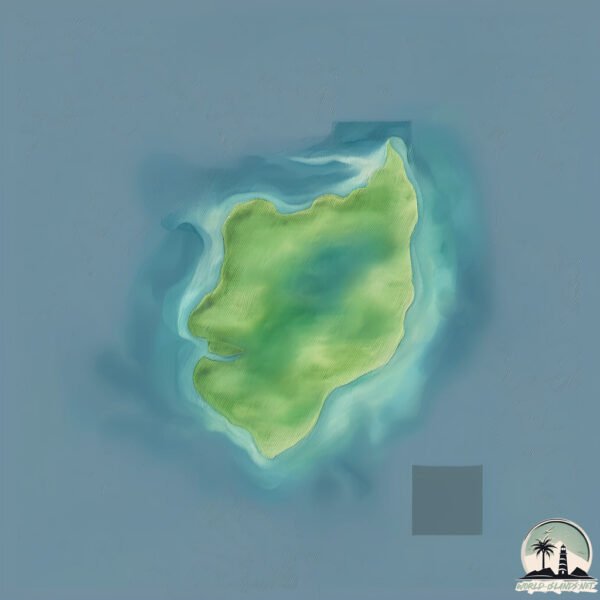Yakabi Jima

Welcome to Yakabi Jima, a Temperate island in the Eastern China Sea, part of the majestic Pacific Ocean. This guide offers a comprehensive overview of what makes Yakabi Jima unique – from its geography and climate to its population, infrastructure, and beyond. Dive into the details:
- Geography and Size: Explore the island’s size and location.
- Climate and Weather: Weather patterns and temperature.
- Topography and Nature: Uncover the natural wonders of the island.
- Infrastructure and Travelling: Insights on reaching, staying, and making the most of your visit.
- News and Headlines: Latest News.
Geography and size of Yakabi Jima
Size: 1.213 km²
Coastline: 7.1 km
Ocean: Pacific Ocean
Sea: Eastern China Sea
Continent: Asia
Yakabi Jima is a Small Island spanning 1.2 km² with a coastline of 7.1 km.
Archipel: Ryukyu Islands – A chain of Japanese islands stretching southwest from Kyushu to Taiwan, known for their unique Okinawan culture and subtropical climate.
Tectonic Plate: Yangtze – A minor tectonic plate in East Asia, often considered a part of the Eurasian Plate. It’s primarily continental and covers the Yangtze River area in China, playing a significant role in the region’s geological stability.
The geographic heart of the island is pinpointed at these coordinates:
Latitude: 26.21613739 / Longitude: 127.24468103
Climate and weather of Yakabi Jima
Climate Zone: Temperate
Climate Details: Humid Subtropical Climate
Temperature: Hot Summer
Climate Characteristics: With continuous rainfall and hot summers, this climate is common in some coastal regions, supporting diverse vegetation.
Topography and nature of Yakabi Jima
Timezone: UTC+09:00
Timezone places: Asia/Tokyo
Max. Elevation: 64 m
Mean Elevation: 58 m
Vegetation: Deciduous Broadleaf Forest
Tree Coverage: 75%
The mean elevation is 58 m. The highest elevation on the island reaches approximately 64 meters above sea level. The island is characterized by Plains: Flat, low-lying lands characterized by a maximum elevation of up to 200 meters. On islands, plains are typically coastal lowlands or central flat areas.
Dominating Vegetation: Deciduous Broadleaf Forest
Composed of broadleaf trees that shed their leaves seasonally. These forests are commonly found in temperate zones and experience distinct seasonal changes. Yakabi Jima has a tree cover of 75 %.
Vegetation: 4 vegetation zones – Diverse Island
Four distinct vegetation zones mark these islands as ecologically diverse. They might feature varied landscapes such as forests, beaches, grasslands, and rocky areas. Such diversity reflects the island’s complex ecological interactions and varied habitats, which can support a rich array of wildlife and plant species.
Infrastructure and Travelling to Yakabi Jima
Does the island have a public airport? no.
There is no public and scheduled airport on Yakabi Jima. The nearest airport is Aguni Airport, located 41 km away.
Does the island have a major port? no.
There are no major ports on Yakabi Jima. The closest major port is NAHA KO, approximately 48 km away.
The mean population of Yakabi Jima is 42 per km². Yakabi Jima is Gently Populated. The island belongs to Japan.
Continuing your journey, Tokashiki Jima is the next notable island, situated merely km away.
Japan is classified as Developed region: G7: Group of Seven – Major advanced economies, including Canada, France, Germany, Italy, Japan, the United Kingdom, and the United States. The level of income is High income: OECD.
News – Latest Updates and Headlines from Yakabi Jima
Stay informed with the most recent news and important headlines from Yakabi Jima. Here’s a roundup of the latest developments.
Please note: The data used here has been primarily extracted from satellite readings. Deviations from exact values may occur, particularly regarding the height of elevations and population density. Land area and coastline measurements refer to average values at mean high tide.
